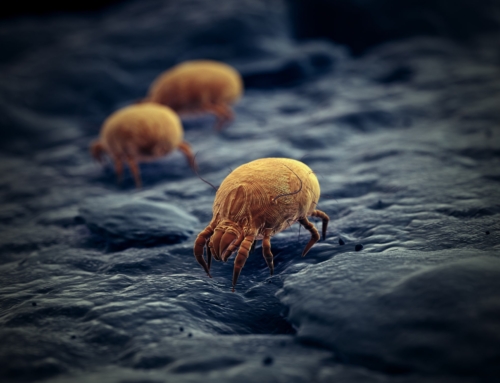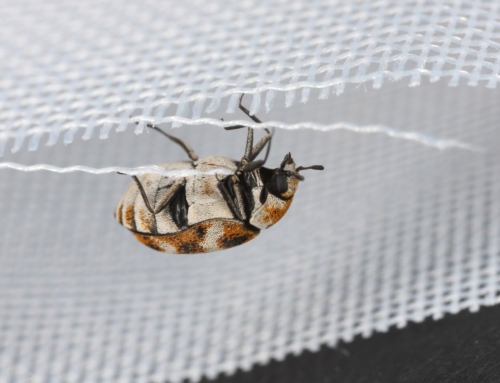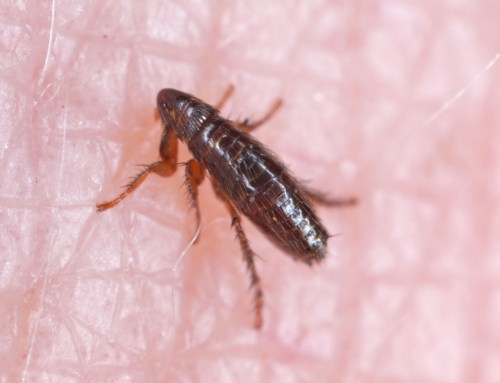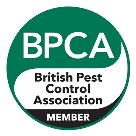Do you have a honey bee invasion?
With the warmer months of the year upon us, we’re starting to spend more time in the great outdoors. However, during lazy summer afternoons, the last thing you need is to be bothered by incessant flying insects. While the sound of bees is commonplace in UK gardens, it’s important to check they haven’t become an unnecessary nuisance, especially if they’ve worked their way into your home.
Here’s everything you need to know about honey bee invasions.
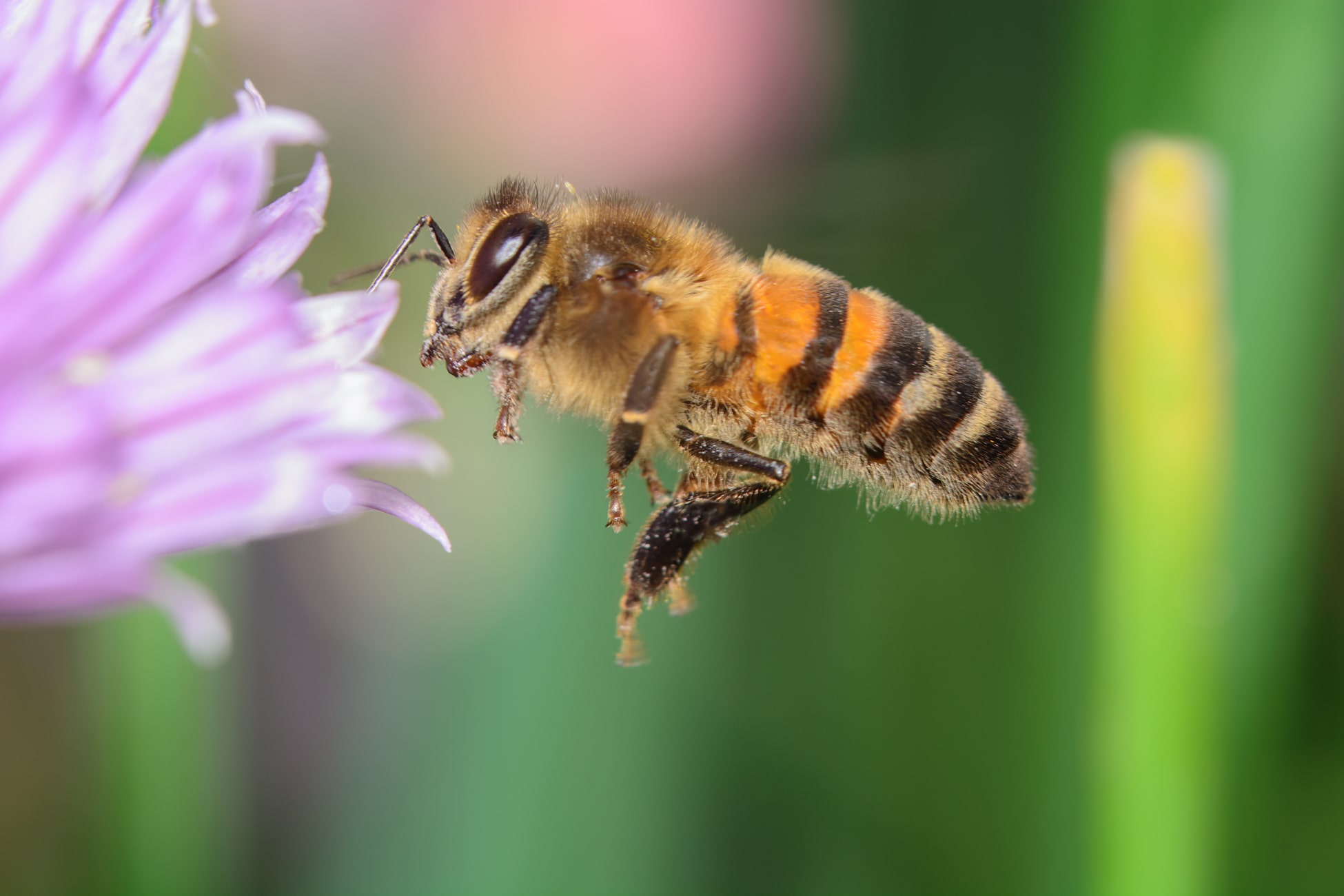
What causes a bee invasion?
Bee invasions crop up when a colony of honey bees decides to build a nest in or around properties occupied by humans. Honey bees often seek out sheltered locations to create their nests, so buildings are good habitats if they provide protection and warmth.
Occupied properties also allow for better access to food sources, including flowering garden plants and water. So, if your garden is abundant with nectar-rich flowers, it can attract bees looking for sustenance.
Are bees a protected species?
Contrary to popular belief, bees aren’t actually a protected species under the Wildlife and Countryside Act 1981. However, honey bees are a crucial part of our ecosystems, specifically for pollination and honey production.
Therefore, if you have a nest, some decide to leave it alone until the bees have died out by the end of the summer. Equally, if it’s a nuisance, you can call a bee controller to come and relocate the nest if possible, working with local beekeepers.
How can you tell if you have a bee nest at your property?
If you’re wondering if you have a bee’s nest nearby, there are several signs to look out for. Your observations will be invaluable to your chosen pest controller.
Firstly, if there’s a higher number of bees around your property than normal, this could suggest a nest. To see if you can identify where the nest is located, watch the bees’ flight patterns. Are the bees entering and exiting your property from a particular spot? They could have even built a nest in cavities around your home.
Also, listen out for buzzing sounds around the premises, usually a low humming noise. Some nests are visible if located outdoors, including in and around trees and bushes.
How do you get rid of a bee problem?
If you have a bee invasion, you may be wondering what to do next. Once you’ve established the cause, consider a bee nest removal if it’s causing a problem or safety issue.
Contact a reputable pest controller offering bee nest relocations. They’ll have experience moving bee colonies elsewhere and will have good contacts within the beekeeper community.
They can also help you to bee-proof your home to stop them from nesting there in the future, sealing potential entry points along walls and roofs. This can also prevent wasp invasions.
Need bee control services? Contact us
Effective Pest Solutions is experienced in all elements of bee control. We operate across London and Surrey, including Crawley and Fulham.
For a free quote, contact us.

